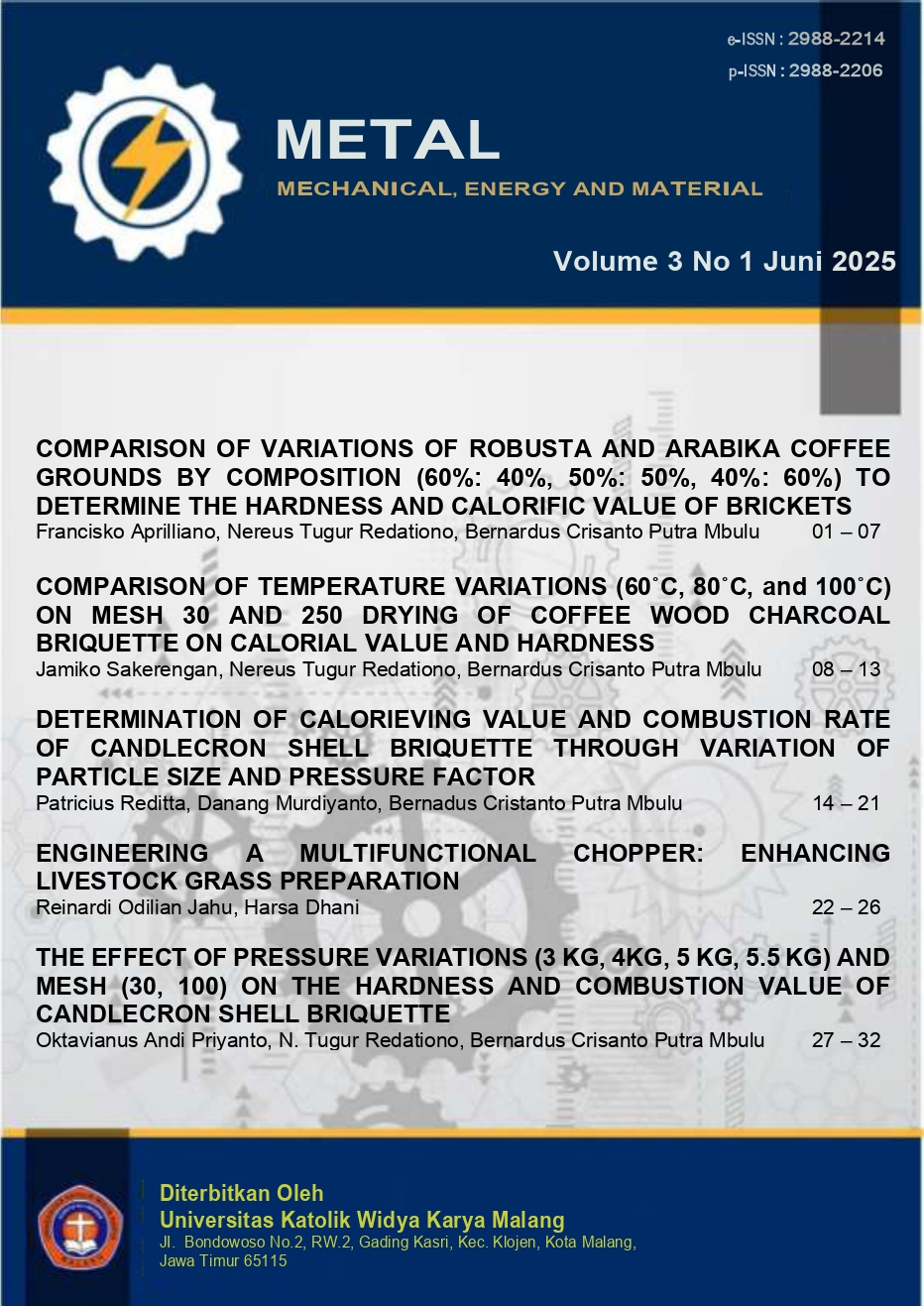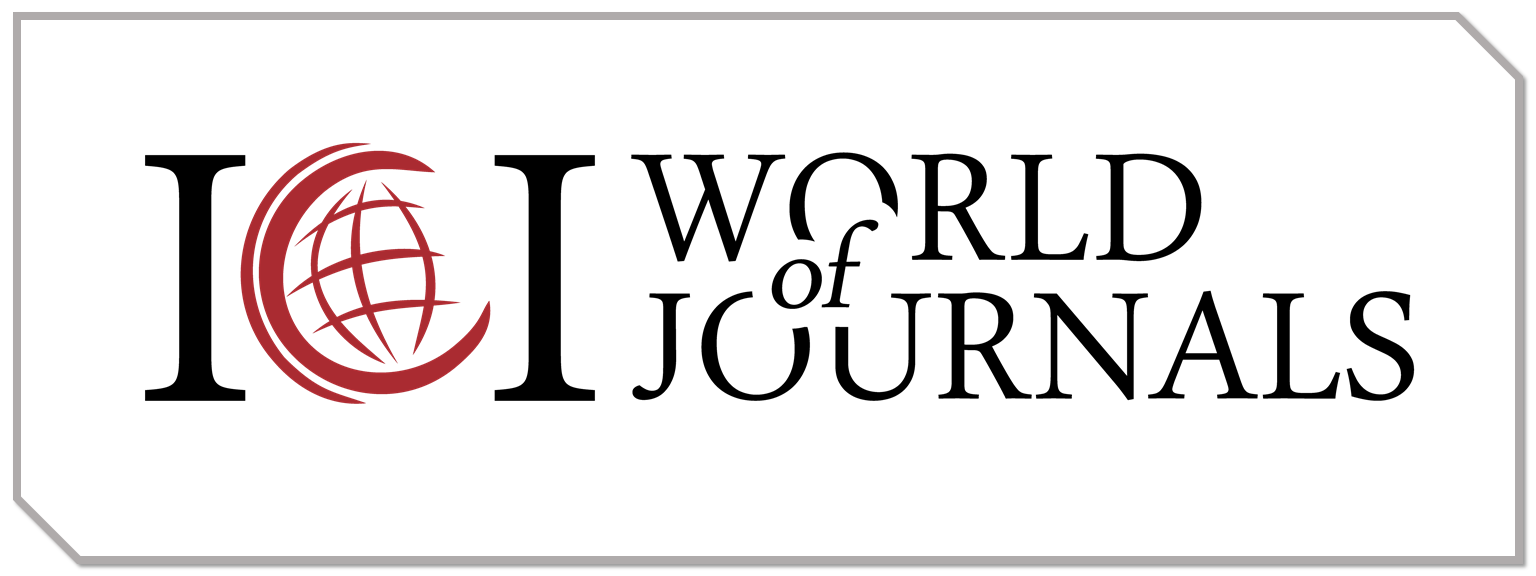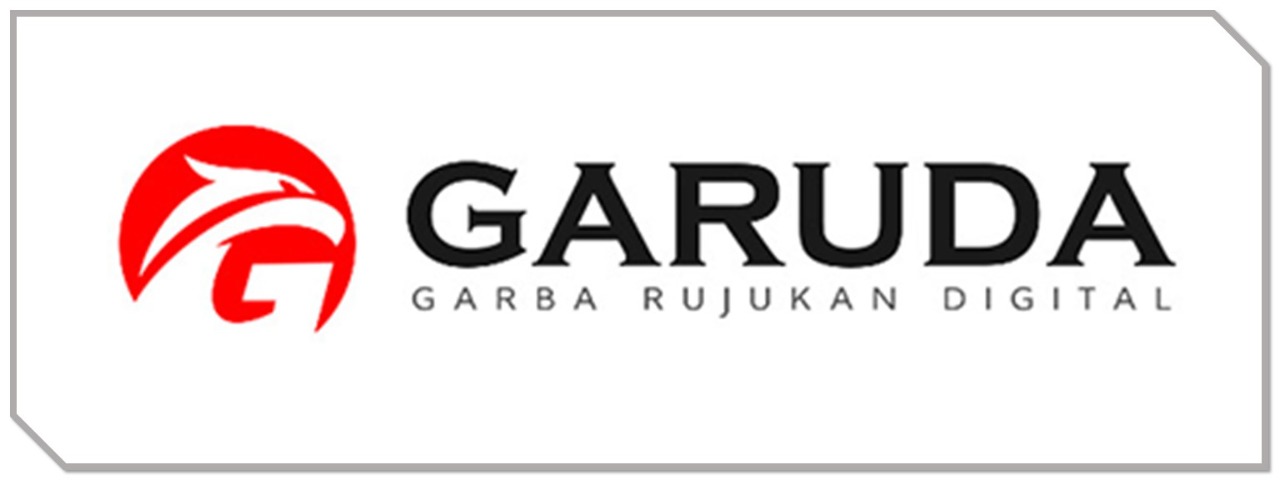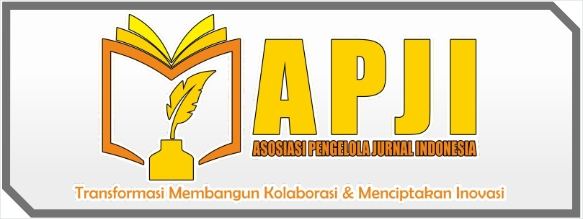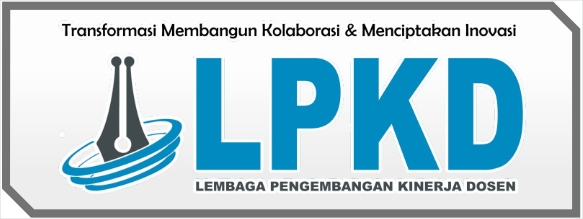COMPARISON OF VARIATIONS OF ROBUSTA AND ARABIKA COFFEE GROUNDS BY COMPOSITION (60%: 40%, 50%: 50%, 40%: 60%) TO DETERMINE THE HARDNESS AND CALORIFIC VALUE OF BRICKETS
Keywords:
Calorific Value, Coffee Grounds, Hardness, Oven Heating And Sun, ViolenceAbstract
Along with the times, the availability of fossil energy is decreasing, especially natural gas and coal, before using fossil energy, humans have used biomass as an energy source. Indonesia has many plantation commodities, one of which is coffee which is the fourth largest coffee producer in the world. Coffee grounds are the main waste produced by coffee shops and are usually only thrown away. The main ingredients in this study were arabica coffee grounds and robusta. By using robusta composition 60% arabica 40%, robusta 50% arabica 50% robusta 40% arabica 60%. In addition, briquettes are tested for hardness by making points on the surface of the briquettes using a durometer shore A tool of 30 points, then a calorimeter bomb test is carried out to obtain the calorific value content. The result obtained from the highest hardness value is briquettes with a robusta mixture of 50% arabica 50% with a value of 23.7 HA, while the highest calorific value is found in a robusta mixture of 60% arabica 40% with a value of 4526.85 cal / gram.
References
L. Parinduri and T. Parinduri, “Konversi Biomassa Sebagai Sumber Energi Terbarukan,” J. Electr. Technol., vol. 5, no. 2, pp. 88–92, 2020, [Online]. Available: https://www.dosenpendidikan.
V. D. PRATIWI, “Effect of Burning Temperature on The Quality of Alternatife Bio-energy from Coffee Waste,” ELKOMIKA J. Tek. Energi Elektr. Tek. Telekomun. Tek. Elektron., vol. 8, no. 3, p. 615, 2020, doi: 10.26760/elkomika.v8i3.615.
P. Rahardjo, Panduan Budidaya dan Pengolahan Kopi Arabika dan Robusta, 1st ed. Penebar Swadaya Grup, 2012. [Online]. Available: https://books.google.co.id/books?id=DMJNCgAAQBAJ
A. A. Aprilia, C. Jaisan, and N. Punbusayakul, “Antimicrobial and Antioxidant Activities of Microwave-Assisted Extracts From Coffee Ground Residue,” Proc. 1 st Jt. ACS AGFD-ACS ICSCT Symp. Agric. Food Chem., no. 1, pp. 292–298, 2014.
N.L.U Sumadew, D.H.D Puspaningrum, and N.N Adisanjaya, “Pkm Pemanfaatan Limbah Kopi Di Desa Catur Kabupaten Bangli,” J. Pendidik. dan Pengabdi. Masy., vol. 3, no. 2, pp. 130–132, 2020.
Sariadi, “Jurnal Reaksi (Journal of Science and Technology) Jurusan Teknik Kimia Politeknik Negeri Lhokseumawe,” J. Reaksi (Journal Sci. Technol., vol. 7, no. 14, pp. 16–25, 2009, [Online]. Available: https://adoc.pub/pemanfaatan-kulit-kopi-menjadi-biobriket.html
R. S. Andi Sahputra, Asil Barus, “PERTUMBUHAN DAN PRODUKSI BAWANG MERAH (Allium ascalonicum .L) TERHADAP PEMBERIAN KOMPOS KULIT KOPI DAN PUPUK ORGANIK CAIR,” J. Online Agroekoteknologi, vol. 2, no. 1, pp. 26–35, 2013, [Online]. Available: https://media.neliti.com/media/publications/96451-ID-pertumbuhan-dan-produksi-bawang-merah-al.pdf
Y. Li and H. Liu, “High-pressure densification of wood residues to form an upgraded fuel,” Biomass and Bioenergy, vol. 19, no. 3, pp. 177–186, 2000, doi: https://doi.org/10.1016/S0961-9534(00)00026-X.
I. R. Padya, Pemanfaatan limbah biomassa untuk menghasilkan briket sebagai Energi Alternatif. Fak. Pertanian, 2015.
R. Chang, Kimia Dasar Jilid 1 : Konsep-konsep Inti. Jakarta : Erlangga, 2003.
E. S. Widarti and R. Hartono, “Studi Eksperimental Karakteristik Briket Organik dengan Bahan Baku dari PPLH Seloliman,” J. Tek. Fis. FTI ITS Surabaya, pp. 1–10, 2004.
P. Afni Restasari, Wahyuningsih Titik Suryandari, Mad Saleh, Katmar, KONVERSI NILAI KEKERASAN ANTARA DUROMETERANALOG DAN DIGITAL DALAM RANGKA MENINGKATKAN KUALITASBINDER PROPELAN. Lembaga Penerbangan dan Antariksa Nasional, 2016.
W. D. C. Jr., Fundamentals of Materials Science and Engineering, Fifth Edit. New York: John Wiley & Sons, Inc., 2001.
M. Muhsin, “Application of Talking Stick Learning Model to Improve Students’ Positive Attitude and Learning Achievement in the Subject of Heat,” J. Pendidik. Fis., vol. 7, no. 1, pp. 32–48, 2019, doi: 10.26618/jpf.v7i1.1685.
F. Kreith, Prinsip-Prinsip Perpindahan Panas. Jakarta: Erlangga, 1991.
M. A. Almu, S. Syahrul, and Y. A. Padang, “ANALISA NILAI KALOR DAN LAJU PEMBAKARAN PADA BRIKET CAMPURAN BIJI NYAMPLUNG (Calophyllm Inophyllum) DAN ABU SEKAM PADI,” Din. Tek. Mesin, vol. 4, no. 2, pp. 117–122, 2014, doi: 10.29303/d.v4i2.61.
S. Zelviani, P. Mayangsari, and N. Fuadi, “Penentuan Nilai Kalor Jenis Tanaman Herbal Jahe Dan Temulawak Sebagai Obat Penurun Demam Dengan Menggunakan Metode Cobra3,” J. Farm. UIN Alauddin Makassar, vol. 8, no. 2, pp. 39–45, 2021.
Downloads
Published
How to Cite
Issue
Section
License
Copyright (c) 2025 Mechanical, Energy and Material (METAL)

This work is licensed under a Creative Commons Attribution-NonCommercial-ShareAlike 4.0 International License.

